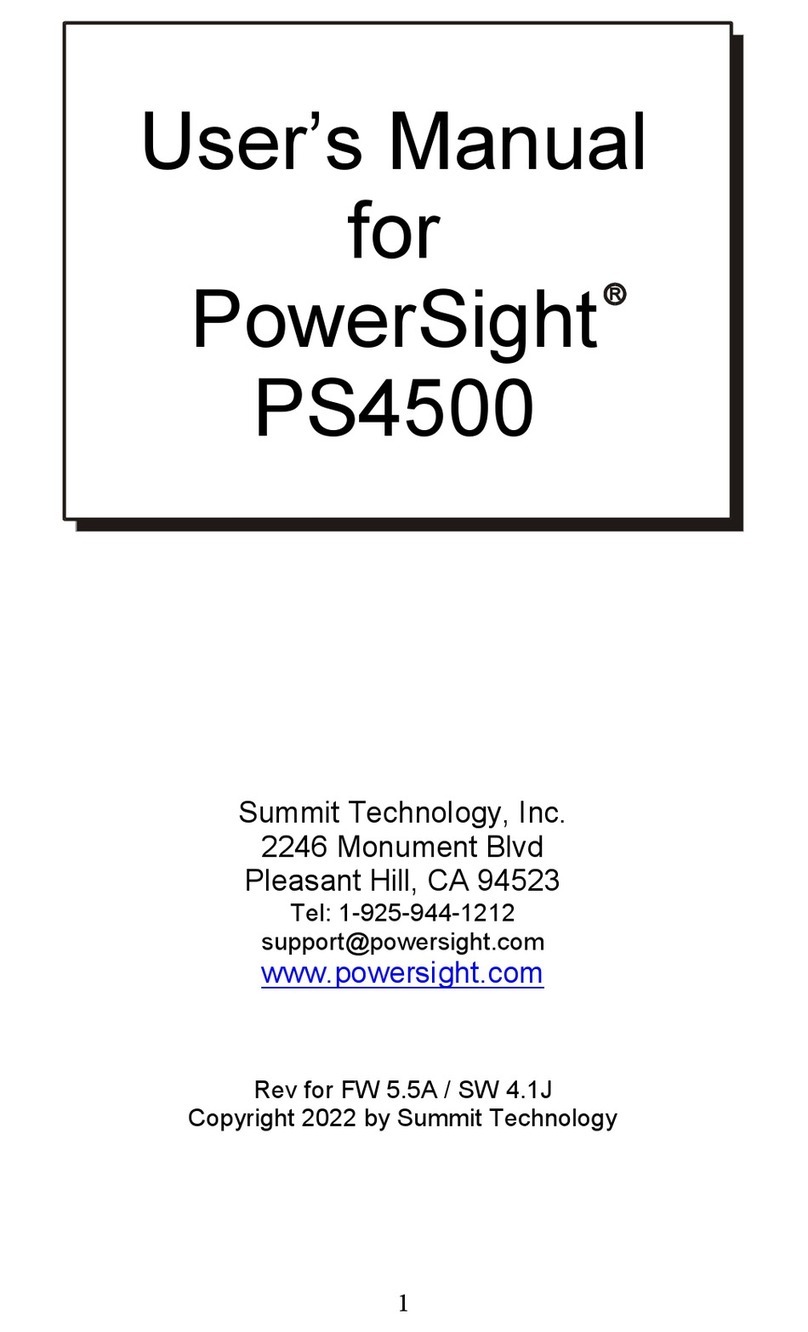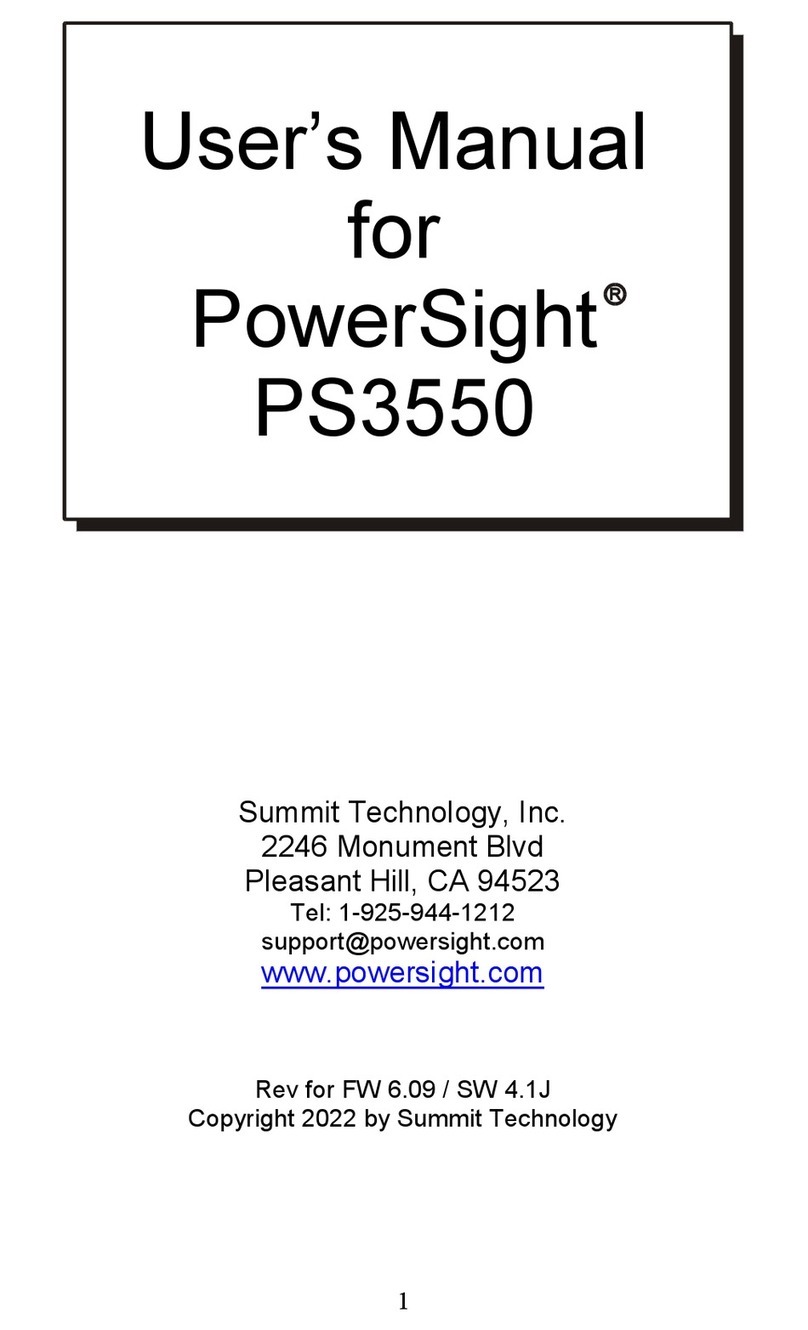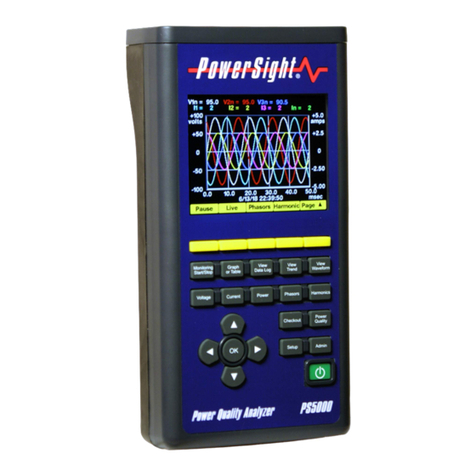
5
Changing the Frequency Measurement Mode in PowerSight ....... 95
Changing the Frequency Measurement Mode in PSM-A ................ 96
Always Positive Power versus Negative Power Allowed ............... 96
Changing the Power Measurement Mode in PowerSight ............... 97
Changing the Power Measurement Mode in PSM-A ........................ 98
Defining Inputs .......................................................................................... 98
Changing Input Ratios in PowerSight ............................................... 100
Changing Input Ratios in PSM-A ........................................................ 100
Voltage & Current Waveforms ............................................... 102
Introduction .............................................................................................. 102
Saving Consumption Waveforms ....................................................... 102
Receiving Stored Consumption Waveforms .................................... 104
Viewing Consumption Waveforms ..................................................... 105
Monitoring Power Consumption............................................ 109
Introduction .............................................................................................. 109
Basic Consumption Data Logging ...................................................... 110
Receiving the Data Logging Session from PowerSight ................ 113
Viewing the Data Logging Session in PSM-A .................................. 114
Working with Graphs and Waveforms .................................. 115
Presentation of the Graph ..................................................................... 115
Reading Graphs and Waveforms ........................................................ 116
Zooming and Panning ............................................................................ 119
Custom Data Logging ............................................................ 121
Introduction .............................................................................................. 121
Starting Data Logging ............................................................................ 121
Stopping Data Logging .......................................................................... 122
Setting the Data Logging Period ......................................................... 123
Setting Measurement Types ................................................................. 124
Setting Measurement Modes ............................................................... 125
Saving & Retrieving Setups to File or PowerSight in PSM-A ...... 125
Loading Data Setups from the Memory Card (SD Card) ............... 126
Saving Data Setups to the Memory Card (SD Card) ...................... 127
Restoring the Default Setup ................................................................. 127
Monitoring Swell/Dip/Inrush .................................................. 128
Introduction .............................................................................................. 128
Swell/Dip Event Log ............................................................................... 129
Swell/Dip RMS Graph Log ..................................................................... 131
Swell/Dip Event Waveforms ................................................................. 132
Setting the Swell/Dip Trigger Thresholds in PowerSight ............. 132
Setting the Swell/Dip Trigger Thresholds in PSM-A ...................... 134
Monitoring High-Speed Transient Events ............................. 136
Introduction .............................................................................................. 136
Transient Event Log ............................................................................... 137
Transient Event Waveforms ................................................................. 138
Setting the Transient Trigger Thresholds in PowerSight ............. 139






























